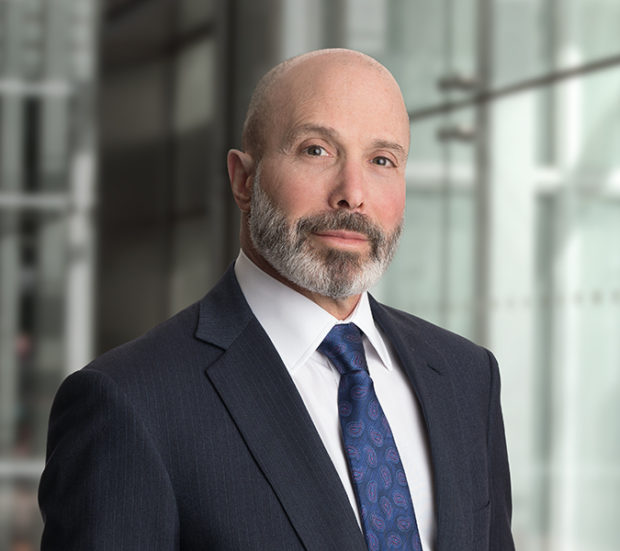Chubb Chairman and CEO Evan Greenberg looks around and sees a hardening market that is spreading and accelerating in multiple ways, something he termed as a long-overdue development.
“I see it as a very healthy trend,” Greenberg said during Chubb’s Q3 2020 earnings call on Oct. 28. “We are in a hard market and it needs to sustain itself.”
Chubb’s results, released on Oct. 27 after the markets closed, saw P/C net premiums written grow 6.4 percent overall in Q3. In general, Chubb said P/C rate hikes grew 15 percent on average in North America, and 16 percent in Overseas General Insurance.
Greenberg said that market tightening/rate hikes spread to more lines of business and more cohorts of risks during the quarter, ie. into large, middle, and small commercial markets. He said the trend is appropriate even as the market deals with positives and negatives stemming from the ongoing COVID-19 pandemic.
“When you look through, you have a loss cost environment that is not benign. You have an industry that in my judgment fell behind in pricing, quite a bit behind,” Greenberg said. “The momentum has gotten very good, but it has a way to go.”
Greenberg noted, for example, that workers comp rates continue to go down, adding “I wonder if the industry won’t overshoot the mark in that area.”
COVID-19 Pluses and Minuses
Greenberg was generally more positive during Chubb’s Q3 earnings call than he was in Q1 and Q2 about dealing with the pandemic. For Q3, Chubb said there were no changes to its previously reported aggregate COVID-19 losses of $1.15 billion after tax at the end of June. At the same time, however, his comments underscored the potential longer-term impacts COVID will make.
He noted that Chubb typically uses normalized trend to price, which involves data through the 2020 first quarter. But along that the company is also tracking COVID-19 effects, “both the pluses and minuses, that in our judgment are temporarily distorting.”
COVID on the one hand is a catastrophe event that has led to reduction in accident frequency which “shows up early” to enable adjustments. But on the other hand, COVID-19 losses are emerging, which Greenberg said are in the $30 billion rage globally so far, and mostly short tail. He’s not sure, he said, that one aspect can offset the other.
“We price looking through both the benefit of lower frequency and we look through the COVID loss itself as we treat it as a CAT, and we did our darnedest to recognize it to the ultimate,” Greenberg said. “There’s nothing we see so far that changes our view of that at all.”
He said a good underwriter should look at the ongoing pandemic this way, but also calculate a return to normalcy at some point.
“You should imagine the world ultimately reverts to normal trend lines we had been seeing [in] property, casualty, professional lines [and others] and imagine appropriate returns on the business,” he said.





















 Five AI Trends Reshaping Insurance in 2026
Five AI Trends Reshaping Insurance in 2026  Insurance Costs, Climate Concerns Factor Heavily in U.S. Home Buying Decisions
Insurance Costs, Climate Concerns Factor Heavily in U.S. Home Buying Decisions  Berkshire Hathaway Enters Post-Buffett Era as Share Prices Fall
Berkshire Hathaway Enters Post-Buffett Era as Share Prices Fall  First Atlantic Hurricane Forecast for 2026 Suggests Season Close to 30-Year Norm
First Atlantic Hurricane Forecast for 2026 Suggests Season Close to 30-Year Norm 







